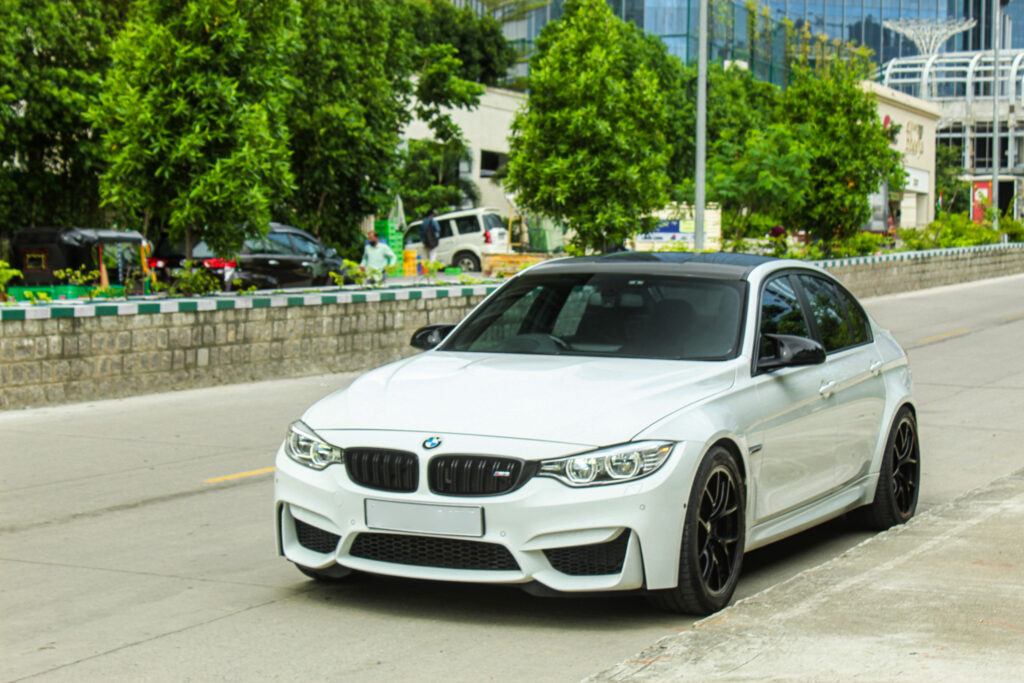





















Description
The BMW M3 has become a fundamental part of the performance car world since its introduction in 1988. Track days or a Nürburgring tourist lap wouldn’t be complete without at least one M3 of some generation slithering its way round the circuit. In the 32 years since the M3 lineage was founded, the car’s influence hasn’t waned much either. BMW’s creation remains a benchmark sports coupe, and saloon, that trades little of the base 3-series comfort and usability in delivering its exceptional…
The BMW M3 has become a fundamental part of the performance car world since its introduction in 1988. Track days or a Nürburgring tourist lap wouldn’t be complete without at least one M3 of some generation slithering its way round the circuit. In the 32 years since the M3 lineage was founded, the car’s influence hasn’t waned much either. BMW’s creation remains a benchmark sports coupe, and saloon, that trades little of the base 3-series comfort and usability in delivering its exceptional driving dynamics.
When the current F80 model was released in 2014, it brought with it a larger saloon-only bodystyle the coupe and cabriolet now moved to the less evocative M4 moniker, a turbocharged six-cylinder engine and more comfort and convenience features than ever before.
The M3’s twin-turbocharged engine may not have the tantalising induction howl and high rev limit that previous M3 engines were famous for, but it what it lacks in sonorous delights it makes up for in bragging rights.
With 425bhp available from 5500 to 7300rpm and 406lb ft of torque from 1850 to 5500rpm, the M3 offers plenty of grunt. When we tested it we found the Bavarian saloon could accelerate from 0-60mph in 4.1sec (0.2sec faster than the claimed 0-62mph time of 4.3sec) and from 0-100mph in a frankly astonishing 8.6sec. Typically for a car of this type, the M3’s top speed is limited to 155mph.
An M3 with the Competition Package raises this to 444bhp, 19bhp more than the standard car while torque remains the same. The extra power helps the more focused M3 reach 0-62mph just 0.1sec quicker than the claimed time of the basic version, at 4.2sec.








